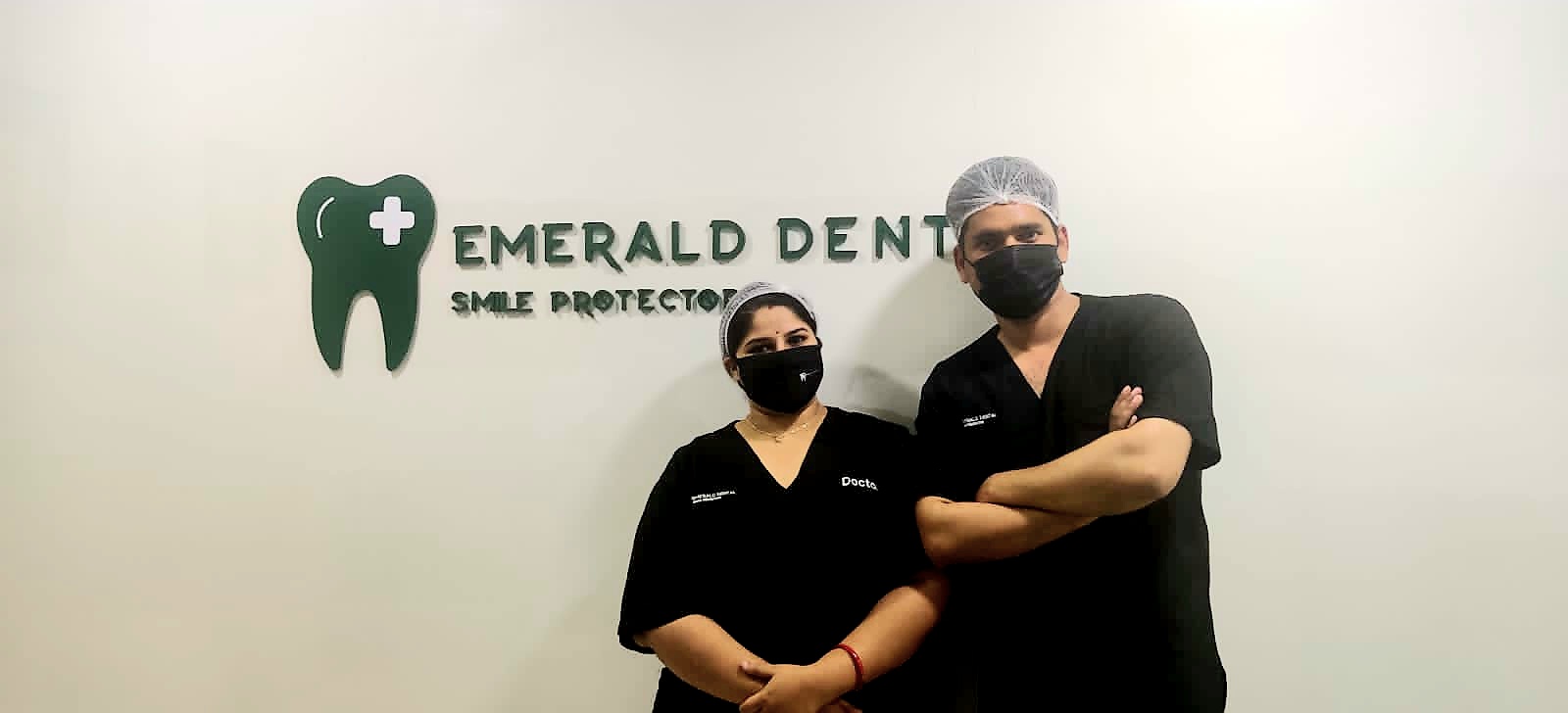
Indications of attrition can include:
1- Loss of tooth anatomy: This results in loss of tooth characteristics including rounding or sharpening of incisal edges, loss of cusps and fracturing of teeth. Enamel of molar teeth may appear thin and flat. When in occlusion the teeth may appear the same height which is particularly apparent for anterior teeth.
2- Sensitivity or pain: Attrition may be entirely asymptomatic, or there may be dentin hypersensitivity secondary to loss of the enamel layer, or tenderness of the periodontal ligament caused by occlusal trauma.
3- Tooth discolouration: A yellow appearance of the tooth surface may be due to the enamel being worn away, exposing the darker yellower dentin layer underneath.
4- Altered occlusion due to decreasing vertical height, or occlusal vertical dimension.
5- Compromised periodontal support can result in tooth mobility and drifting of teeth.
6- Loss in posterior occlusal stability
7- Mechanical failure of restorations www.emeralddental.in



